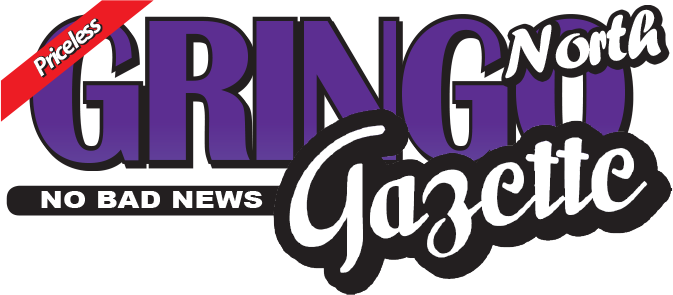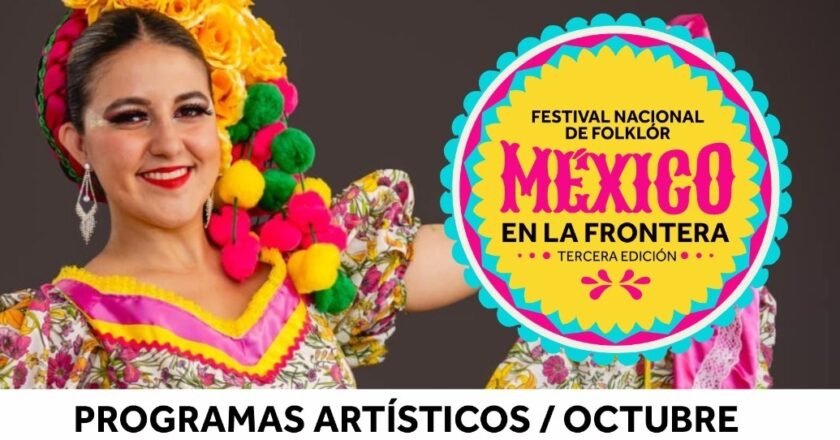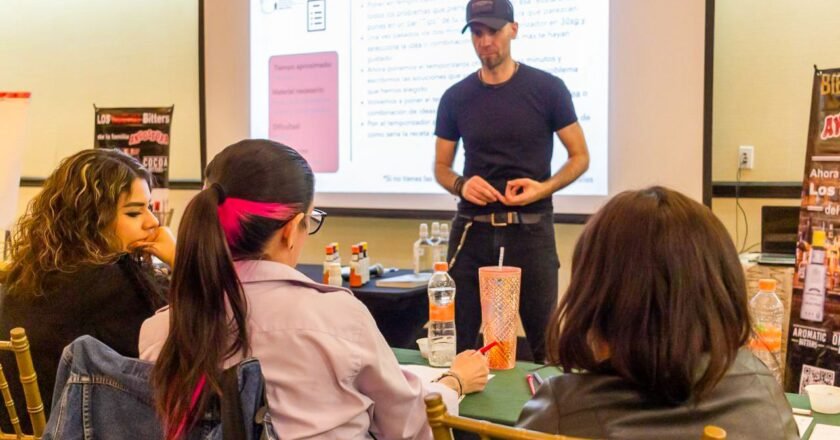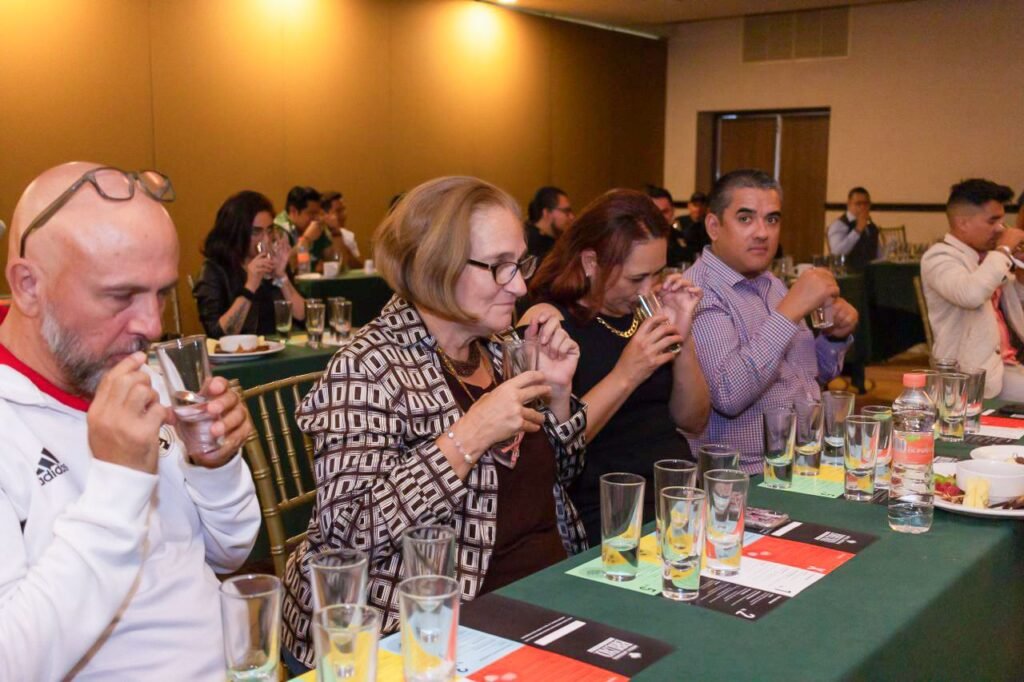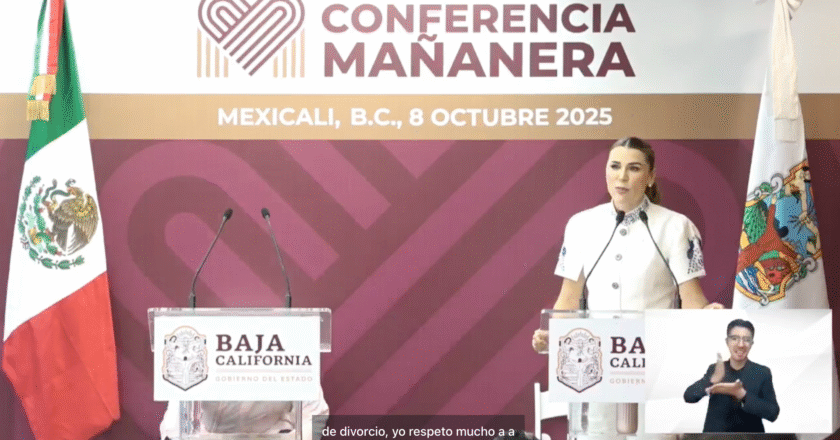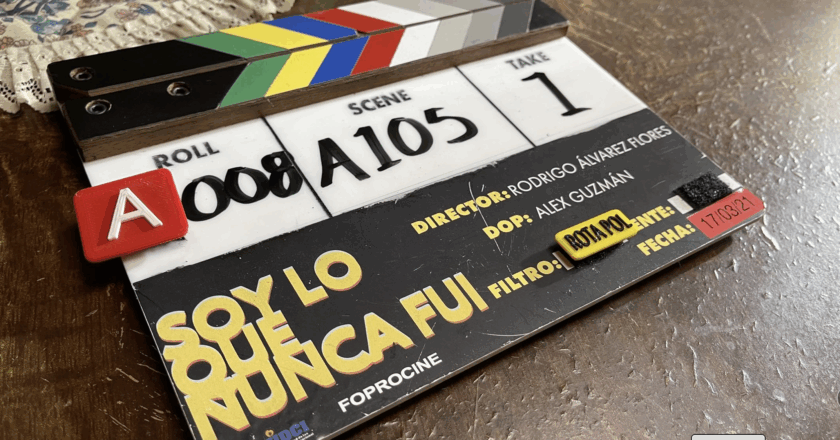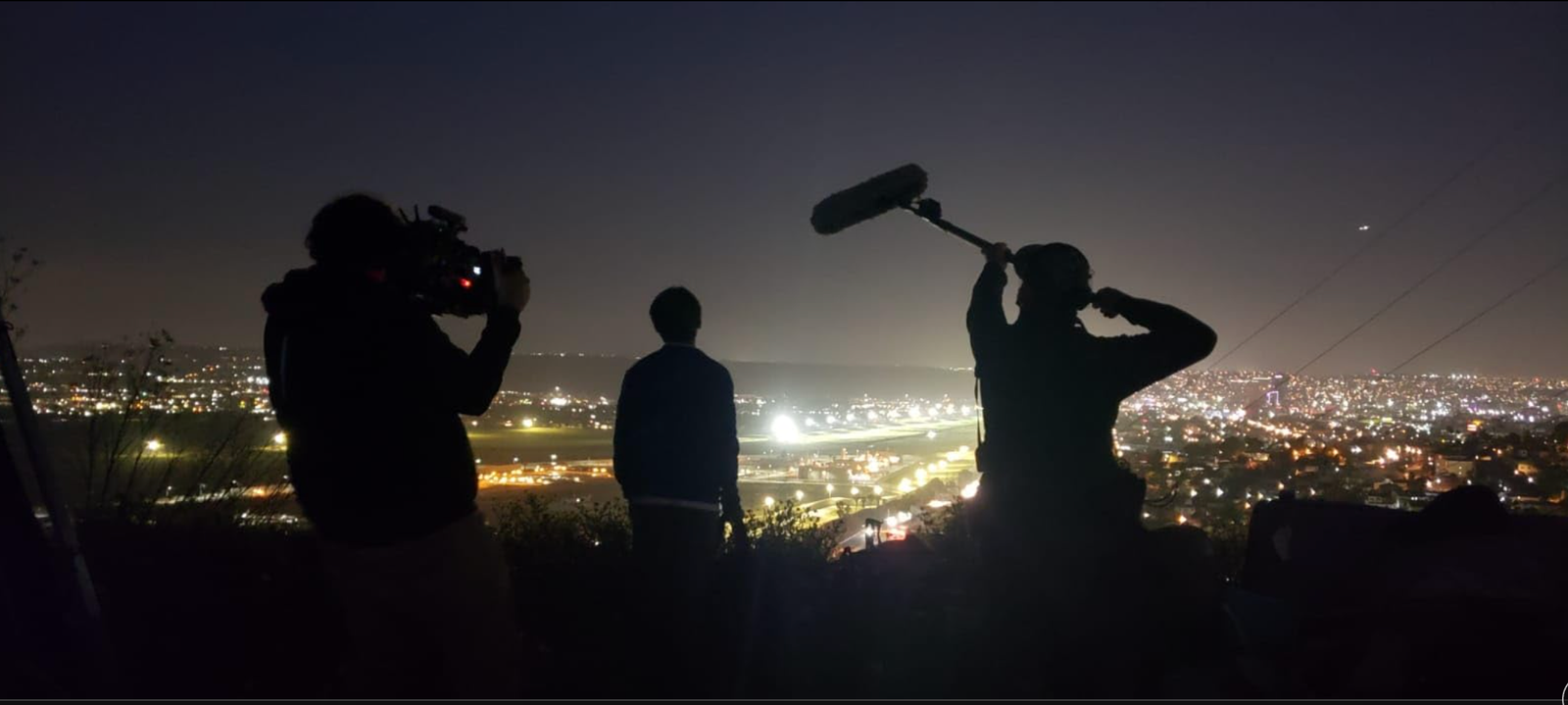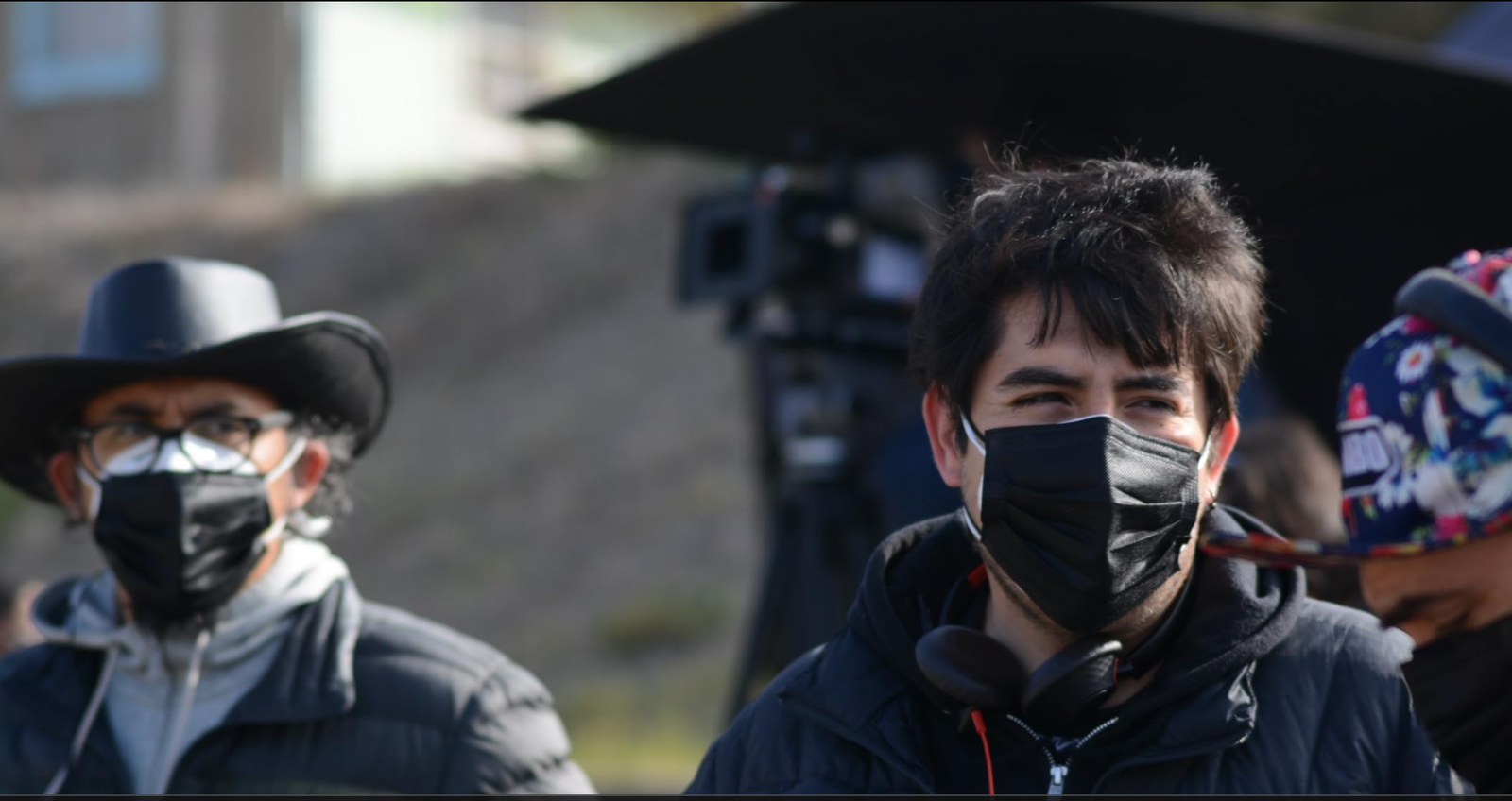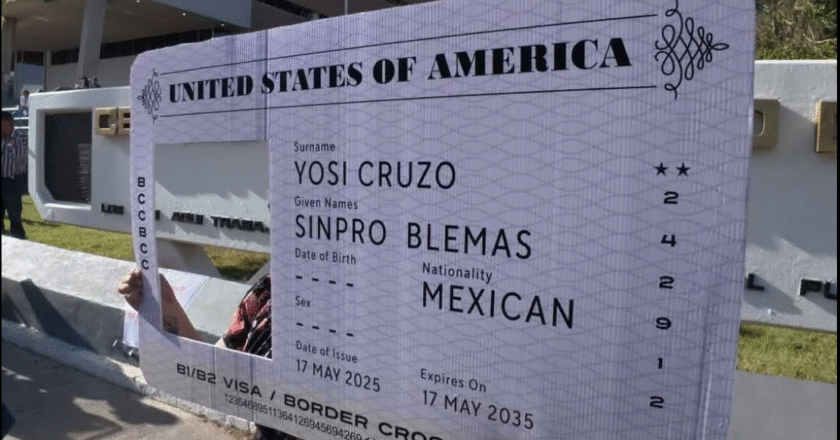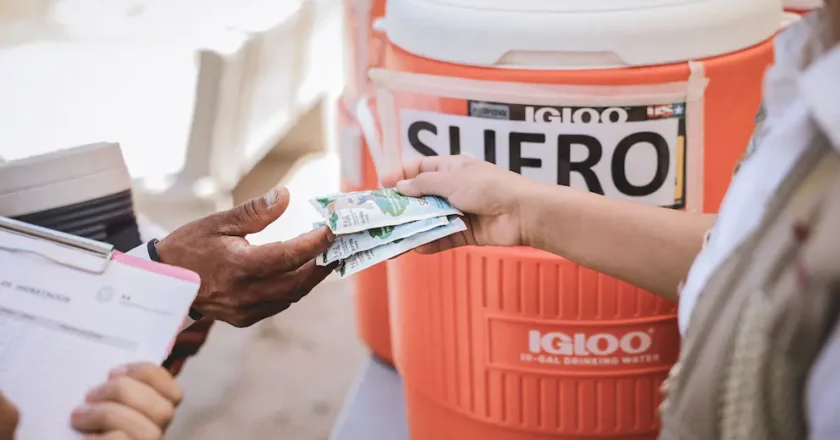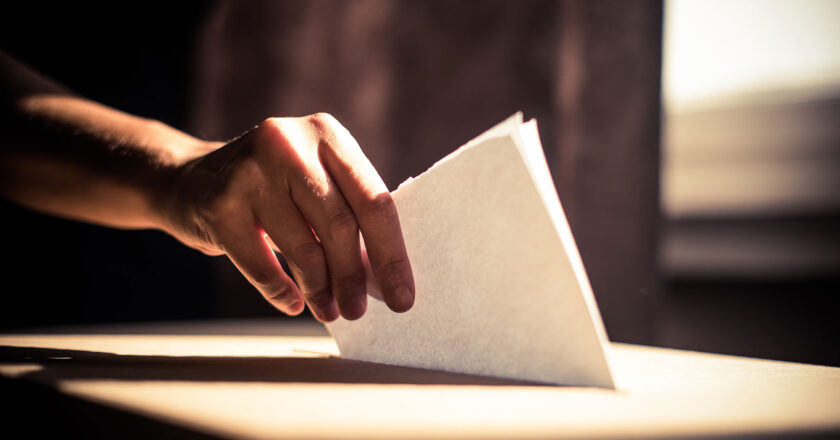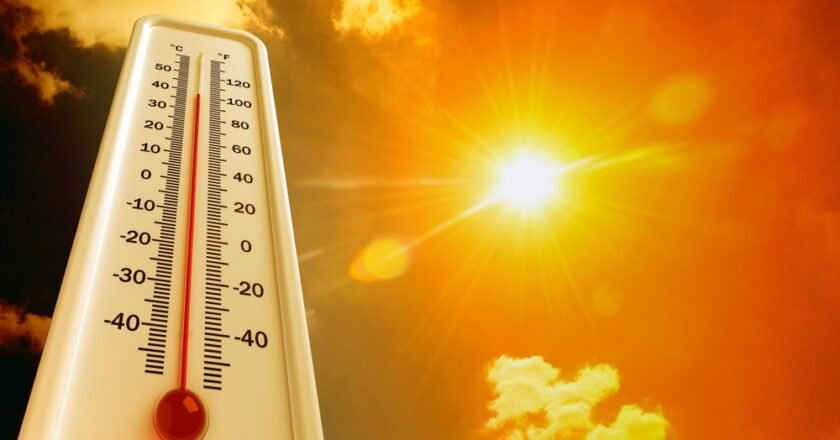There’s something magical about watching the desert move. The heat bends the air, the light turns everything golden, and for one weekend, Mexicali’s heartbeat syncs with the rhythm of jarabes and sones. The Festival Nacional de Folklór “México en la Frontera” just wrapped up, and it didn’t just end a cultural weekend — it closed with a standing ovation to identity, color, and connection.
Where Borders Blur and Skirts Spin
From October 23 to 25, the capital of Baja California traded its usual hum of commerce for the sounds of violins, drums, and laughter. The festival brought together hundreds of artists from a dozen states, plus dancers from Los Angeles — a binational celebration that blurred borders better than any diplomat could.
The Teatro del Estado hosted the grand finale on Sunday night, where tradition didn’t just perform — it exploded. Brightly embroidered skirts spun like fireworks, boots hit the wooden floor with the precision of a heartbeat, and every turn seemed to say, “This is who we are.”
Folklore, after all, isn’t nostalgia — it’s motion. It’s history keeping time to music.
Art as an Act of Peace
This year’s edition, part of the Festival de Octubre, carried a message beyond dance steps and melodies. “Taking folklore not just to theaters, but to schools and shelters — that’s the real commitment,” said a spokesperson from the Instituto de Cultura. “Dance and music are universal languages that generate dialogue, empathy, and remind us of the identity we share.”
It’s a refreshing reminder that culture isn’t just for those who can afford tickets and time. It belongs to everyone — the kids in public schools, the families in shelters, the elderly who still hum along to the songs of their youth.
And in Mexicali, the frontier city of heat, grit, and endless movement, that message couldn’t feel more relevant.
When Culture Heals
The festival’s mission to decentralize art may sound bureaucratic on paper, but in practice, it’s powerful. By taking dance and music to the communities that need it most, the organizers turned the border’s complexity into choreography. In a region that often defines itself by what divides it, the festival reminded everyone of what connects us — rhythm, laughter, and a stubborn will to keep celebrating life.
Outside the theater, locals still hummed the tunes, their steps unconsciously lighter. It’s the kind of aftermath art should leave — not debris, but resonance.
A Curtain Call Worth the Applause
When the lights dimmed and the final bows came, the applause wasn’t just polite — it was grateful. It was a thank-you for bringing warmth where headlines often bring worry. For proving that peace doesn’t always wear a suit; sometimes, it wears botas and a rebozo.
In the end, México en la Frontera wasn’t just a festival. It was a statement. That in Baja California, the sun may burn the skin, but culture keeps the spirit alive.
So if you missed it this year, don’t worry — the desert remembers every note. And it’s already humming next year’s tune.
No Bad News — just good moves and better rhythm.
